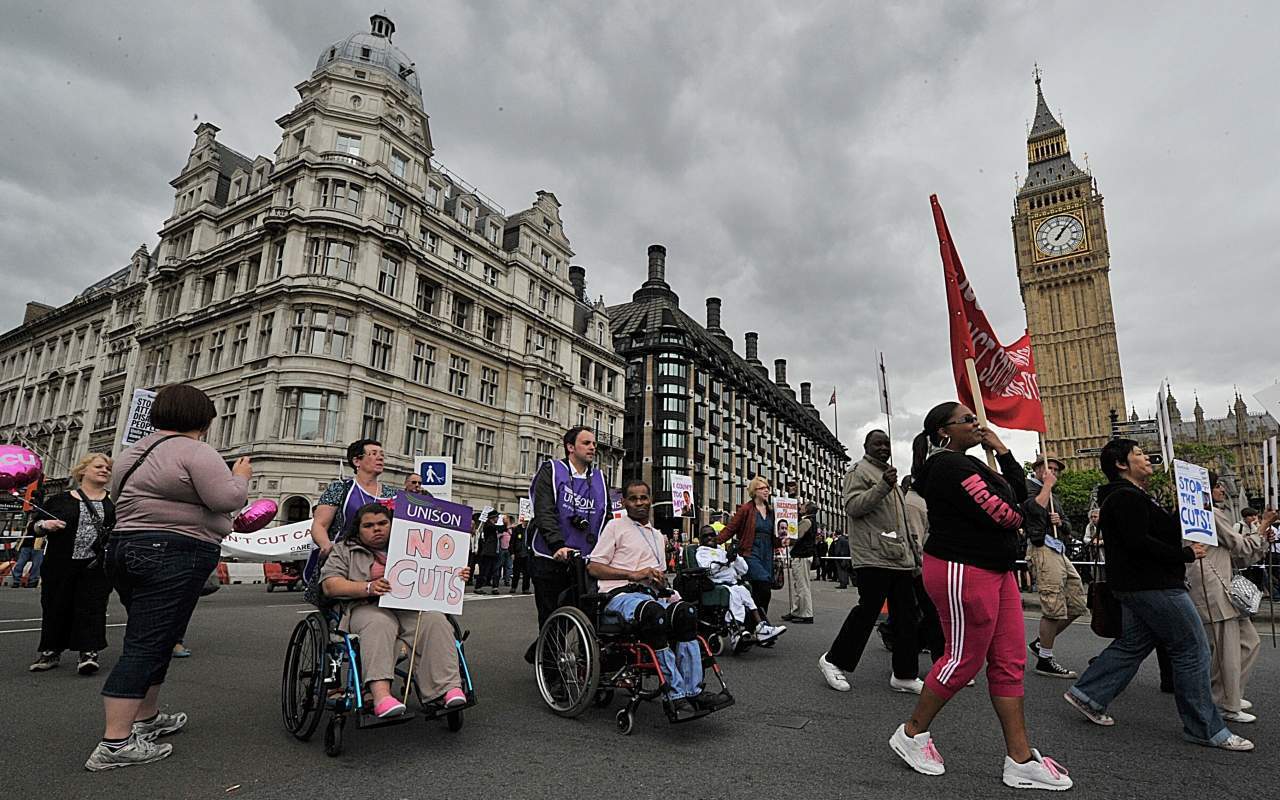
I usually only team up with the SNP in parliament’s football team, defending our back line. But now I find myself on the same side in a Commons motion on disability benefit cuts. It is about defending those recipients of Employment Support Allowance (ESA), who will find their £30 a week work-related activity group (WRAG) payment cut in April.
Of course concern about the vulnerable and disabled is a cross-party one. I reject the narrative advanced by the left which claims that Conservatives have failed to protect the vulnerable amid austerity. I also reject commentary from those on the right for condemning all welfare recipients for being work shy when we know that the vast majority are no such thing. It was therefore disappointing to hear the shadow minister playing this tune in the Commons this week. I have made the plea last year and I will say it again – it is time for those on the left and the right to stop weaponising welfare.



